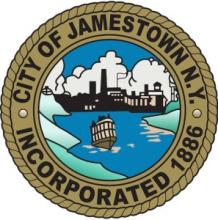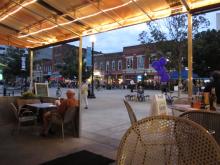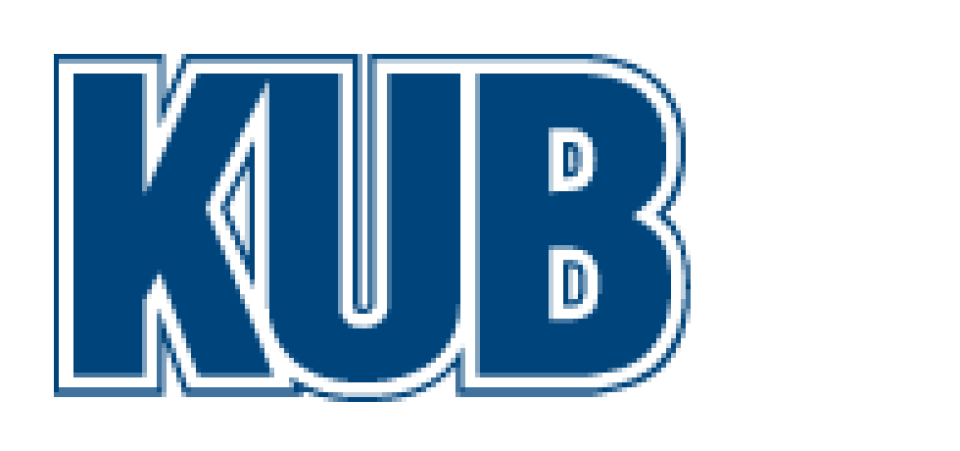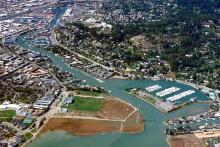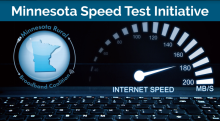Amidst Fire Season, Chico, California Devotes Relief Funds to Improve Citywide Communications
During fire season in Northern California - when the sky often turns dusky with smoke in the middle of the day and the air quality can get so bad that officials declare it unhealthy to be outdoors - access to high-speed Internet connectivity is all-important.
For local governments, fast, reliable, and resilient Internet service is crucial for public safety communications. When flames engulf the region, relaying critical emergency information with speed is paramount. Seconds matter. It’s equally important for citizens to get timely information on the course of wildfires, receive alert notifications or evacuation orders, and be able to connect with friends and family.
Living in that reality is one of the driving reasons the Chico City Council recently voted to earmark $5 million of the city’s $22 million in federal American Rescue Plan funds to research and implement a plan to improve citywide Internet access.
City council members have already authorized spending $250,000 of the funds to develop a Broadband Master Plan in conjunction with EntryPoint Networks. The plan is projected to be completed by October, and once it is finished the City Council will decide where to go from there.
City officials are also in the process of surveying the city’s 115,000 residents to gauge community interest in building a municipally-owned open access fiber network. Responses to the survey so far have indicated residents are excited about the potential of a municipal broadband offering, the city’s Administrative Services Director, Scott Dowell, told ILSR in a recent interview. Dowell said he’s noticed three recurring themes in the survey responses to date: “They want it to be reliable, inexpensive, and fast.”
Although no plans have been finalized and the city is open to various approaches to improve Internet access, Dowell said the city’s lofty goal is to enable symmetrical gigabit Internet service to all premises in Chico for a monthly access fee of no more than $100.
Improving Emergency Communications in the Face of Forest Fires



